I was growing lonely for home, but one thing I felt I absolutely had to do before I left the northern hemisphere was to pay a visit to Stonehenge, one of the most revered and famous ancient monuments in the world. This would take me west to the county of Wiltshire, skirting London by way of the Dartford Crossing and experiencing an uneventful but fairly boring three hour drive along the highway.
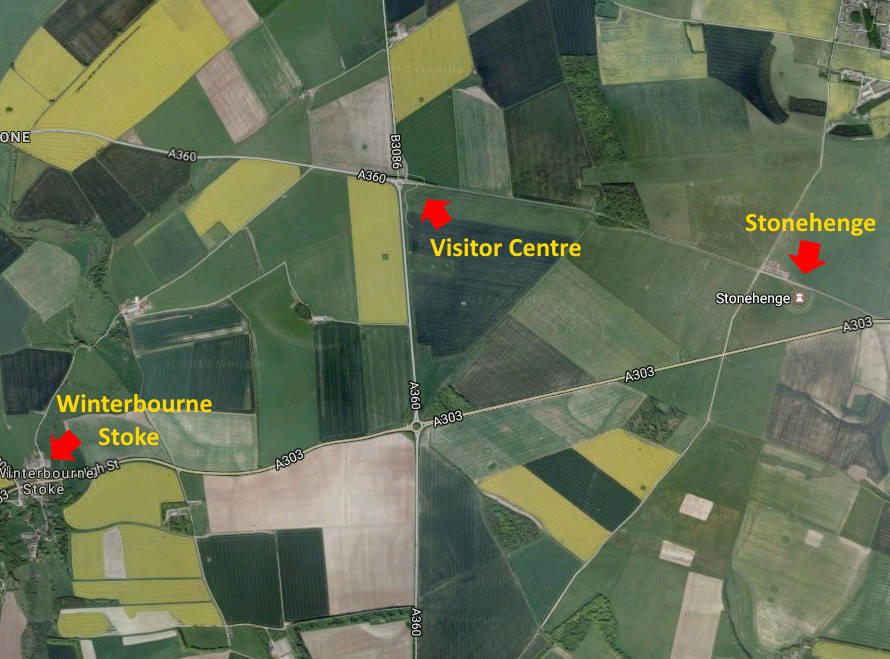
As I crested the final rise I had to engage my brakes suddenly as all the vehicles ahead of me slowed down for no apparent reason. Looking around for the source of the trouble I finally noticed the famous monument in a field ahead – my goody-two-shoesy insistence on keeping my eyes firmly on the road had meant I hadn’t even noticed it, appearing model-like in the distance.
But I had some business to tend to before I could visit, so had to pass by for now, through the nearby village of Winterbourne Stoke and pulling up into the yard of The Stonehenge B&B where I was greeted by caretaker Mick, who turned out to be an authentic druid and good source of information about the local henges.
I ditched my luggage in the room provided then headed back out to catch Stonehenge in the late afternoon. Arriving at the gate I discovered that the last admission was at 3pm and it was now ten past. I tried to look winsome, but it was the English Heritage membership sticker on the windscreen of my car that got me through. Normally admission would be £15.50 but with my pass it was free – score!
The big modern visitor centre seemed oddly out of place in the ancient landscape, and I passed quickly through it and hopped on to one of the many busses that runs constantly to and from the stones. I wanted to spend as much time with them as possible.
I jumped off a few minutes later and made my way along the path to finally see the place I’d been dreaming of for so long!
When it finally came into view I must confess to mixed feelings. Having loomed so large in my imagination, it seemed oddly small in real life. And whether by accident or by design, the path actually approaches from the worst viewing angle, from which the circular form of the henge is difficult to make out.

Every photo of the monument I’d ever seen had shown it either from above or from its good side, and without any sign of the busy highway humming away in the background.
Taken aback, I approached. My second surprise was the low barrier keeping the crowd way back from the stones – I’d naively imagined I’d be free to frolic about them as I pleased, even touch the ancient structure. But in fact security was pretty strict, and anyone who breached the barrier would be evicted from the site without delay, though that didn’t stop some from trying.
I slowly circumnavigated the monument, taking it in from every angle. Behind was a low hummock that I would soon come to recognise as a barrow or ancient burial ground, and as I approached the “heel stone”, a lone unworked sarsen set apart from the main henge, I began to get a better idea of what the place might have looked like in its heyday.
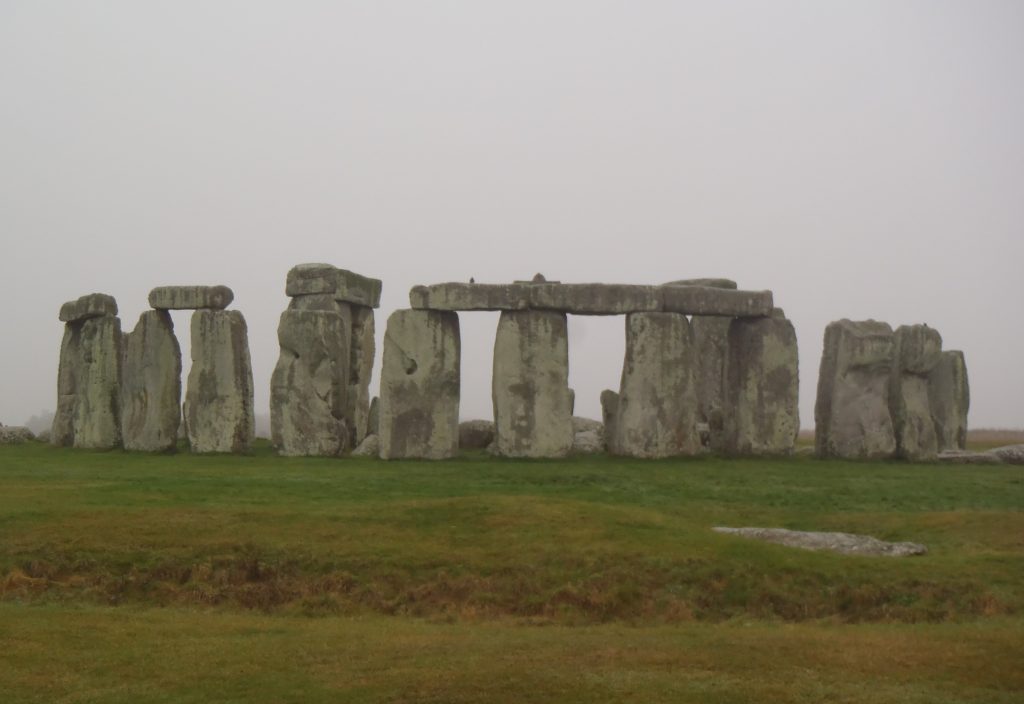
From my vantage point beneath the glowering heel stone, it was easier to see the monument in all its many layers. The circular earthen ditch and bank that encloses the structure was clearly visible – pre-dating the stones by about 500 years. Technically, the ditch itself is the “henge”, not the more famous stone ring.
Then in about 4500BC the stones were added, the outer ring and inner horseshoe of enormous sarsen stones brought by sledge from north Wiltshire, and smaller bluestones brought by boat all the way from Wales. Unique among henges is the use of capstones, not simply balanced precariously atop their supports but secured by an ingenious system of joints. Where capstones have fallen, these mechanisms are visible.

From here I was almost directly astride “the Avenue”, an earthen processional route which winds 2.7km to the River Avon, passing by the heel stone on its way towards the henge, its final stretch aligned with the solstices.
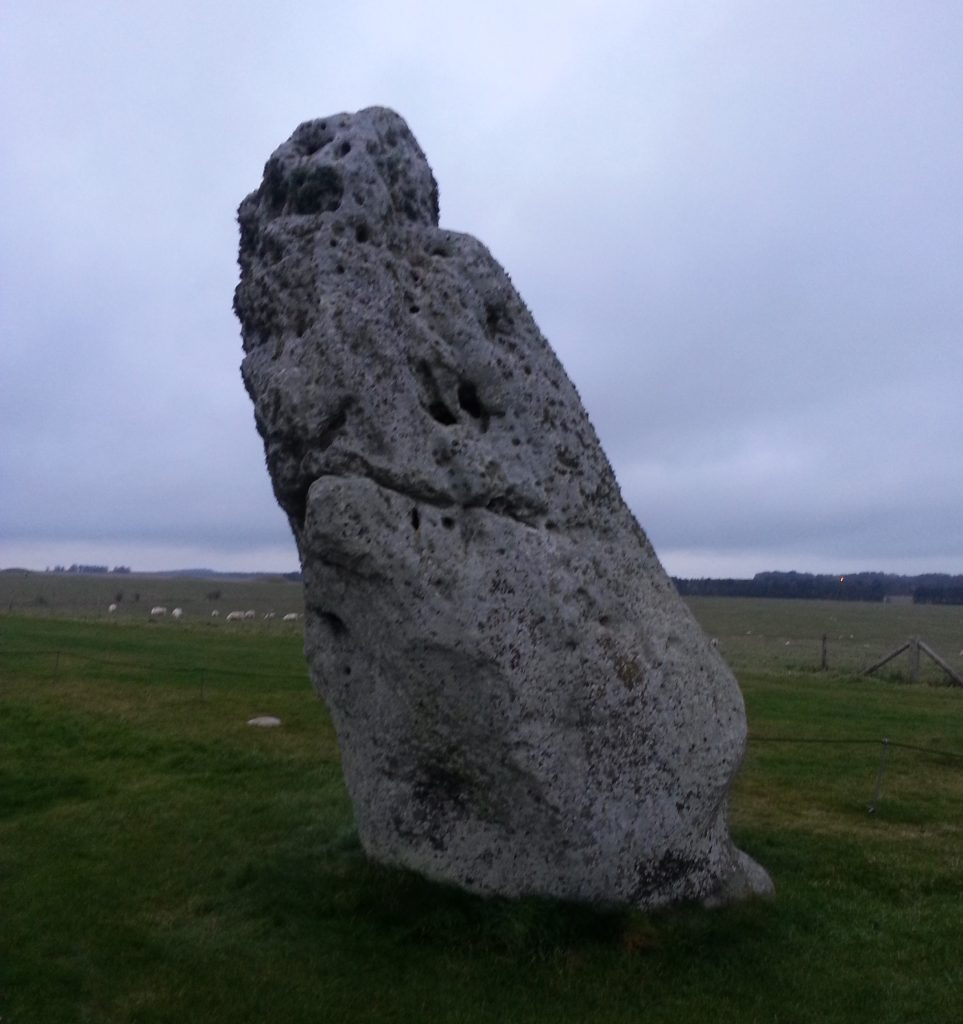
Looking upon stonehenge now, I could truly sense how somebody much like me might have looked upon this same view 4500 years ago. Perhaps she had travelled a long distance to celebrate the winter solstice here, looking forward to the feasting that would follow. What were her thoughts as she stood here? What did she have to be thankful for, and what were her sorrows?
I hung around a bit, hoping that the setting sun might provide an opportunity for some spectacular photos, but it eventually became clear that it was just going to get darker without any pomp or colour. I suppose not every sunset can be Wissant or Lympne. Thwarted, I hopped on the bus back to the visitor centre where I could poke around the attached museum.
I enjoyed the tactile models of the henge’s evolution during its different phases of construction, and examined the various artefacts that had been found in the area. Most fascinating were the small fragments of pottery, whose makers had decorated them by imprinting the unfinished clay with hundreds of fingernail impressions. It was incredible to think that I was looking upon the marks of somebody who had lived 4500 years ago.

There were also some human remains which had been recovered from some of the nearby barrows. This is a point of contention with the local druids, who believe they should be returned to their resting place.
Although I once made a long journey especially to view Ötzi, the ancient murder victim who had been almost perfectly preserved in an alpine glacier for 5000 years, I have to admit this is something that has always kind of bothered me too. When does displaying a dead human being go from horrifying desecration to learning experience?
I’m not particularly spiritual, but I do have a great reverence for history. I feel compelled to honour those who have gone before, to tell their stories, to remember those who might otherwise be forgotten. A person’s remains can tell much of their story and so they are valuable to study, but should they be put on display? I don’t know.
I left the museum in a thoughtful mood and crossed to the gift shop. Normally I’m not one for souvenirs, but for once something did catch my eye. I struggled internally for a while – it’s expensive, but also historic! And with it I could quaff just like the hero of a Viking saga!
I had only one option…
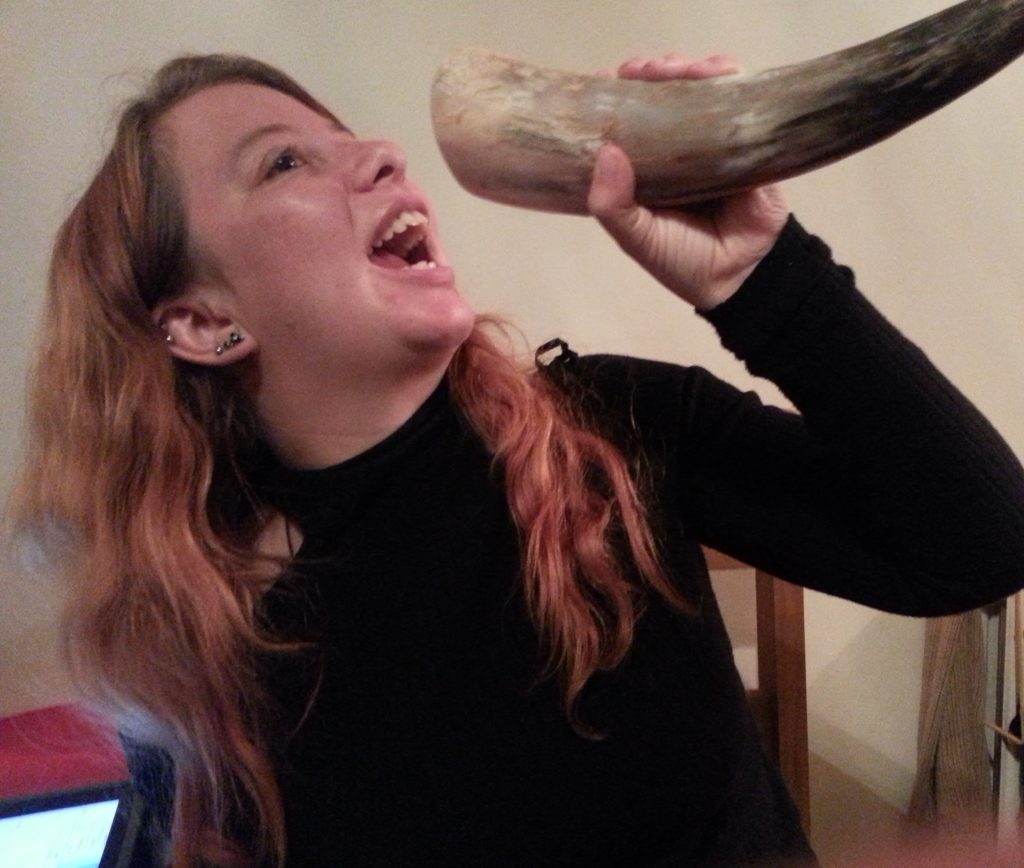
I returned to the lodge in darkness, contemplating my next move. Next morning, over a breakfast involving about a dozen delicious home-made jams, I discussed my experience with Mick. He recommended Avebury henge – bigger, more accessible, and fully touch-enabled. He wasn’t the first local to mention it, so I figured it must be good. But how would it measure up to its more famous neighbour?
That will be the subject of part two.
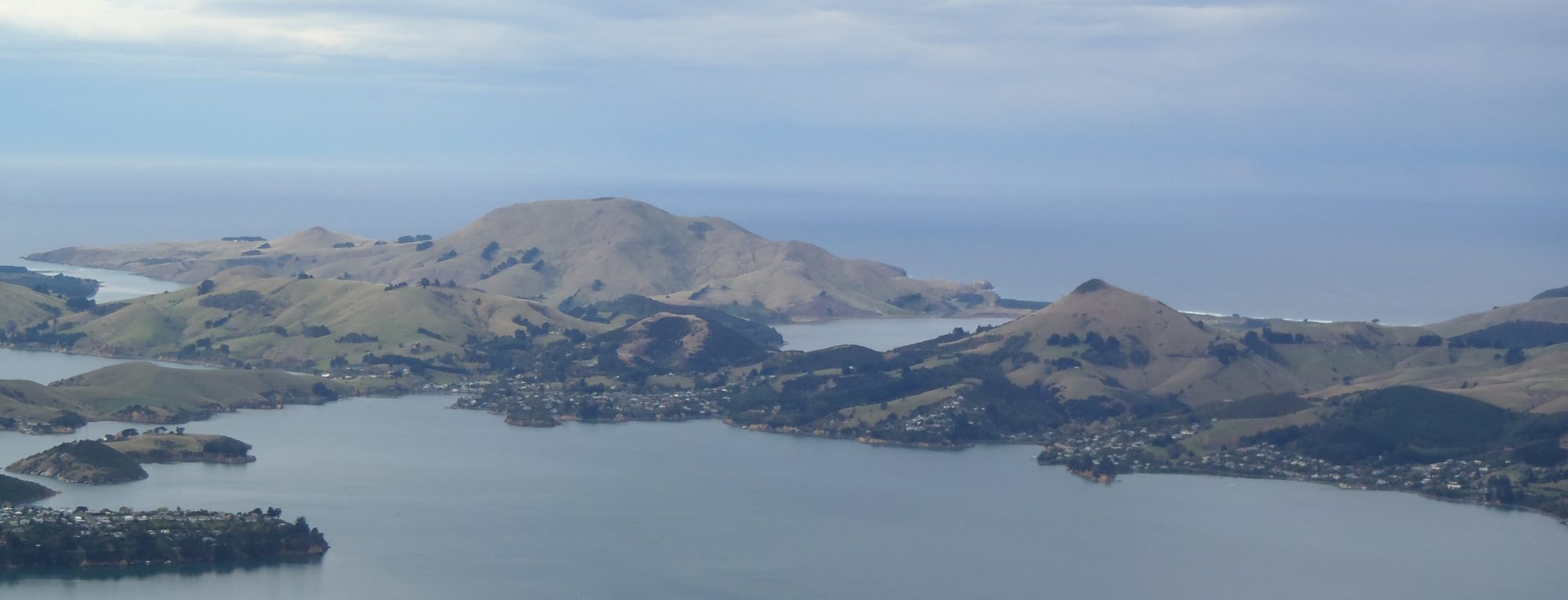


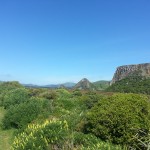
3 thoughts on “A Tale of Two Henges, Part One: Stonehenge”